In a recent essay marking the 60th anniversary of Koedoe, Carruthers and Foxcroft (2019) reflected on the history of the journal. When Koedoe was first instituted by South African National Parks (SANParks) in 1958, research in SANParks was still in its infancy and the journal was considered a novel and bold approach to integrating protected area management with research in Africa. Since then, Koedoe has enjoyed sustained support, and the readership has grown exponentially. Koedoe has published over 1,250 articles, from a wide range of fields (Figure 1, reprinted from Foxcroft & Herbst 2017), covering more than 60 protected areas across South Africa and Africa (Figure 2, reprinted from Foxcroft & Herbst 2017). Over the last decade it became increasingly important to expand the scope of Koedoe beyond the biophysical to include research areas that were less commonly published in Koedoe but crucial to conservation. These included subjects like tourism, adaptive management and social-ecological sciences. Koedoe is well placed to play an important role in publishing relevant and robust science for the benefit of conservation broadly.
 |
FIGURE 1: Bubble plot showing the most frequently listed words in article titles, analysed per decade. The size of the circle indicates the frequency of keywords as an indication of active fields of research. |
|
 |
FIGURE 2: Bubble plot showing the most frequently listed national parks or other research sites in article titles, analysed per decade. The size of the circle indicates the frequency of the protected area name as an indirect indication of key focus areas over time. |
|
It was within this setting that in 2007 I took up position as the seventh editor of Koedoe, setting out to continue where my predecessors left off and raise Koedoe into the foreground of 21st-century protected area research. My first priority was to increase access to Koedoe via an online publishing platform, opting for open access since much of Koedoe’s readership, across academia, conservation agencies and other research facilities, does not have access to expensive journal subscriptions. In addition to academic use, open access ensures conservation practitioners can apply credible science to practical challenges being faced. This increased visibility of the journal from the traditional print run of just under 1,000 copies to, for example, a total of about 196 000 articles being downloaded from April 2019 to March 2020. There are, of course, challenges with open-access publishing, but we are constantly looking at ways to address these. Secondly, I aimed to ‘get Koedoe rated’ with a Clarivate Journal Citation Reports impact factor. Although it took a few years to be realised, I am pleased to say that Koedoe has had an impact factor rating since 2013, and I am confident that it will increase with time.
In the highly competitive world of science and scholarly publishing, journals need to evolve and bring in new ideas and perspectives. With time, editors and scientists also reach a stage where their focus needs to shift to take on new challenges. With this in mind, after much thought and consultation, Koedoe is in the process of embracing a new era of editorial leadership. After 13 years as Editor-in-Chief, I have decided to hand over the reins to Dr Abel Ramoelo. Dr Ramoelo is a regional ecologist in SANParks with a background in remote sensing, who brings with him experience as associate editor from various international remote sensing journals. Dr Ramoelo will continue to be supported by Dr Marna Herbst, who has been Associate Editor since 2016. I will take up a position on the Koedoe Editorial Advisory Board and will play an active advisory role where necessary, especially during the transition period as Dr Ramoelo assumes management of Koedoe.
It has been a privilege and an exciting challenge to have played a part in maintaining Koedoe as a knowledge source for future generations. I wish Dr Ramoelo the very best as he takes over and leads Koedoe onward, knowing he has a great support team surrounding him.
Acknowledgements
There are too many people to whom I owe a debt of gratitude to be listed here, but I greatly appreciate the support by everyone involved. I do wish to acknowledge South African National Parks (SANParks), and especially thank Peter Novellie, Stefanie Freitag-Ronaldson and Danie Pienaar, for providing the opportunity to lead Koedoe. The Editorial Advisory Board has provided me with invaluable advice, which was greatly appreciated. Thanks to AOSIS (Pty) Ltd for their role in the evolution of Koedoe and especially to those with whom I have worked closely while managing Koedoe. Thanks also to Marna Herbst for the substantial support over the last 4 years.
References
Carruthers, J. & Foxcroft, L.C., 2019, ‘Koedoe: African protected area conservation and science – A retrospection: 1958 to 2018’, Koedoe 61(1), a1556. https://doi.org/10.4102/koedoe.v61i1.1556
Foxcroft, L.C. & Herbst, M., 2017, ‘Status and trends in the global growth of Koedoe between 1958 and 2016’, Koedoe 59(1), a1500. https://doi.org/10.4102/koedoe.v59i1.1500
|